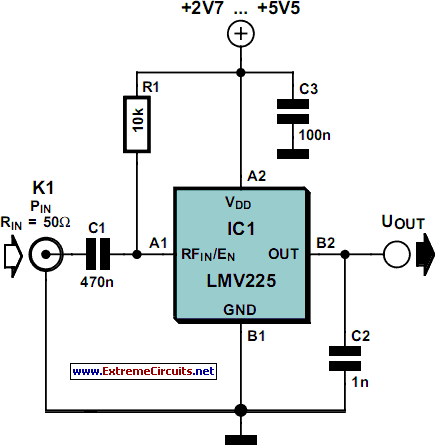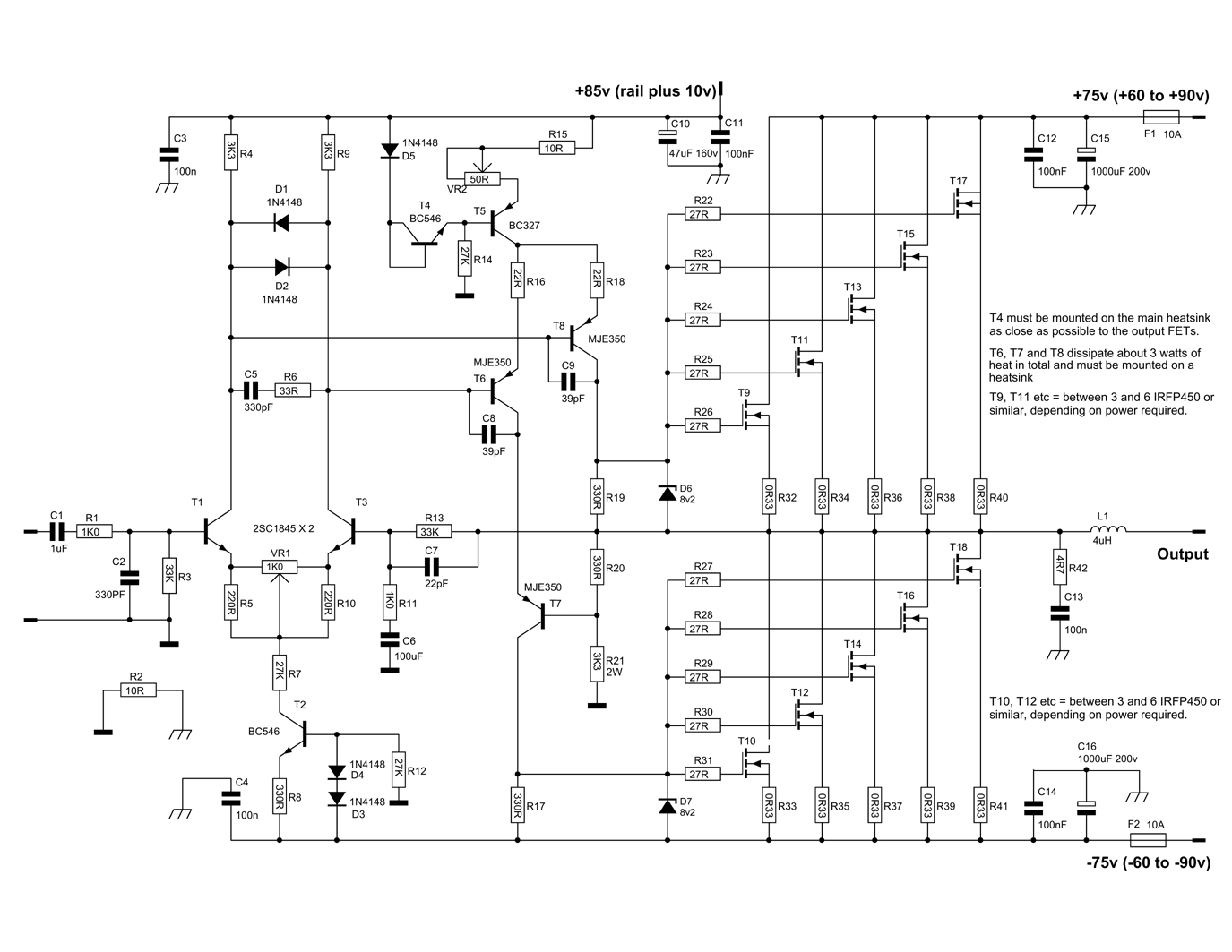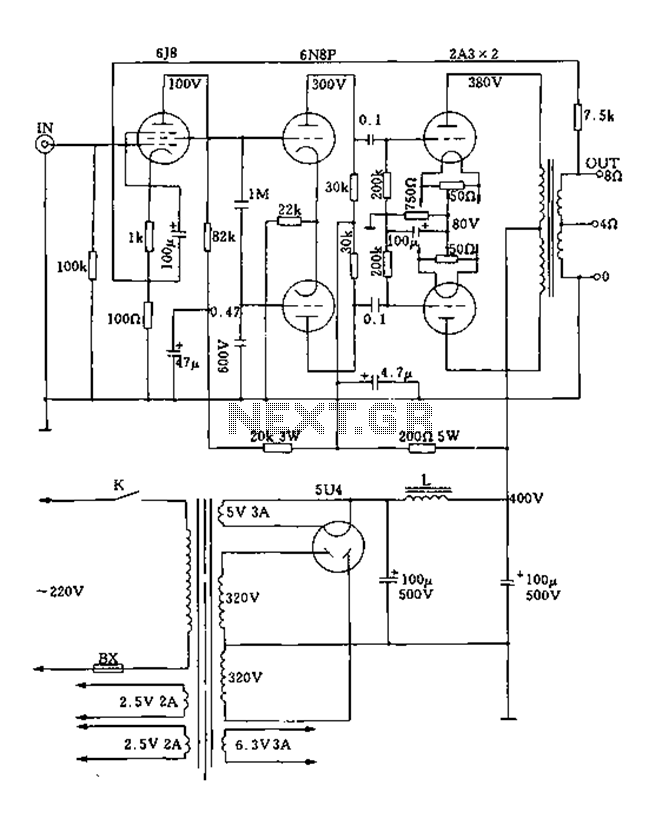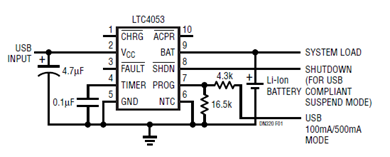
HP 200LX USB / Power Supply dongle
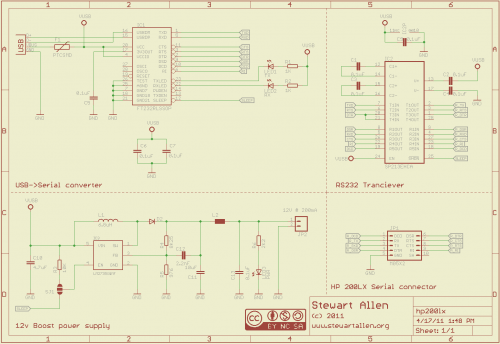
A personal digital assistant was introduced in 1994, often referred to as a palmtop computer. It was notable for being, with minor exceptions, an MS-DOS-compatible computer in a palmtop format. It featured a monochrome graphic display, a QWERTY keyboard, a serial port, and a PCMCIA expansion slot. The goal was to create a single dongle that would allow connectivity to the palmtop over USB as well as power/charge it. However, it required 12V DC to charge or operate the palmtop, necessitating the use of a DC/DC boost converter. The USB to Serial system is based on an FTDI FT232RL USB to serial converter and a SIPEX SP213ECA RS232 transceiver. All RS232 signals are converted, allowing for full hardware flow control. The DC/DC boost converter is designed using a National Semiconductor LM2735XMF, capable of supplying 12V at 200mA to the palmtop, sufficient for operation and battery charging. If other devices, such as modems or CF cards, are connected, the current may exceed the specified maximum. A polyfuse is included to protect the USB port from overcurrent in the event of a short circuit. The PCBs were manufactured by ITead Studio using their PCB prototyping service. It is advisable to review Flemming Frandsen's tips and tricks page before sending boards for production. The final board is compact and user-friendly, enabling charging of the palmtop almost anywhere. The serial connection has been tested at 115200 baud and performs reliably. Overall, this project is considered successful, as it combines the need for a USB to Serial connection with the added functionality of charging. The schematics and PCB layouts for the HP 200LX USB/Power Supply dongle are licensed under a Creative Commons Attribution-NonCommercial-ShareAlike 3.0 Unported License.
The schematic for the HP 200LX USB/Power Supply dongle integrates several key components to achieve its functionality. The FTDI FT232RL serves as the primary USB to serial converter, facilitating communication between the palmtop and USB-enabled devices. This component is essential for enabling data transfer and control signals, and it supports various baud rates, with 115200 being the maximum tested speed.
The SIPEX SP213ECA acts as the RS232 transceiver, converting the TTL-level signals from the FT232RL to RS232 levels suitable for the palmtop. This allows for robust communication with full hardware flow control, ensuring reliable data exchange even at higher speeds.
The power supply section employs the National Semiconductor LM2735XMF DC/DC boost converter, which steps up the voltage from a lower input (typically from USB, which provides 5V) to the required 12V output. This converter is designed to deliver up to 200mA, sufficient for running the palmtop and charging its batteries. To safeguard the circuit, a polyfuse is included, providing overcurrent protection to prevent damage to the USB port and connected devices.
The PCB layout is compact and designed for ease of use, with careful consideration given to the placement of components to minimize interference and maximize performance. The use of ITead Studio for PCB manufacturing ensures a high-quality product, and utilizing resources like Flemming Frandsen's tips can enhance the design process.
Overall, this project exemplifies a thoughtful integration of power and communication capabilities into a single compact solution, enhancing the usability of the HP 200LX palmtop computer in modern contexts.a personal digital assistant introduced by in 1994. It was often called a palmtop computer, and it was notable that it was, with some minor exceptions, aMS-DOS-compatible computer in a palmtop format, complete with a monochrome graphic display, qwerty keyboard, serial port, and PCMCIA expansion slot. What I wanted was a single dongle that will allow me to connect to the palmtop over USB as well as power/charge it. Unfortunatelyit require 12V DC to charge or run the plamtop so I`m going to need to use a DC/DC boost converter. The USB to Serial system is designed around a FTDI FT232RL USB to serial converter and a SIPEX SP213ECA RS232Transceiver.
All of the RS232 signals are converted, this allow you to do full hardware flow control. The DC/DC boost converter isdesignedusing a National Semi LM2735XMF. The boos converter should be able to supply 12v@200mA to the palmtop, this is enough to run it and charge the batteries. If you have other devicespluggedin, modems or CF cards, you might go over the specified max current. There is a polyfuse to protect the USB port fromovercurrent in the event of a shortcircuit. I got the PCBsmanufacturedby » » » ITead Studio using their PCB Prototyping service. By the way if you use ITead have a look at Flemming Frandsen tips and tricks page before you send your boards off.
The final board is quite small and easy to use and now that I can charge off USB I can charge the palmtop almost anywhere. The serial connection has been tested up to 115200 baud and it seems to work fine. Overall I call it a quitesuccessfulproject. `cause I can and it`s fun tocompletelyoverengineera solution plus I was looking for an excuse to test » » » ITead Studio andfinallyI needed a USB to Serial connection, then why not throw in a charger too.
HP 200LX USB / Power Supply dongleschematics and PCB layouts are licensed under a Creative Commons Attribution-NonCommercial-ShareAlike 3. 0 Unported License. 🔗 External reference
The schematic for the HP 200LX USB/Power Supply dongle integrates several key components to achieve its functionality. The FTDI FT232RL serves as the primary USB to serial converter, facilitating communication between the palmtop and USB-enabled devices. This component is essential for enabling data transfer and control signals, and it supports various baud rates, with 115200 being the maximum tested speed.
The SIPEX SP213ECA acts as the RS232 transceiver, converting the TTL-level signals from the FT232RL to RS232 levels suitable for the palmtop. This allows for robust communication with full hardware flow control, ensuring reliable data exchange even at higher speeds.
The power supply section employs the National Semiconductor LM2735XMF DC/DC boost converter, which steps up the voltage from a lower input (typically from USB, which provides 5V) to the required 12V output. This converter is designed to deliver up to 200mA, sufficient for running the palmtop and charging its batteries. To safeguard the circuit, a polyfuse is included, providing overcurrent protection to prevent damage to the USB port and connected devices.
The PCB layout is compact and designed for ease of use, with careful consideration given to the placement of components to minimize interference and maximize performance. The use of ITead Studio for PCB manufacturing ensures a high-quality product, and utilizing resources like Flemming Frandsen's tips can enhance the design process.
Overall, this project exemplifies a thoughtful integration of power and communication capabilities into a single compact solution, enhancing the usability of the HP 200LX palmtop computer in modern contexts.a personal digital assistant introduced by in 1994. It was often called a palmtop computer, and it was notable that it was, with some minor exceptions, aMS-DOS-compatible computer in a palmtop format, complete with a monochrome graphic display, qwerty keyboard, serial port, and PCMCIA expansion slot. What I wanted was a single dongle that will allow me to connect to the palmtop over USB as well as power/charge it. Unfortunatelyit require 12V DC to charge or run the plamtop so I`m going to need to use a DC/DC boost converter. The USB to Serial system is designed around a FTDI FT232RL USB to serial converter and a SIPEX SP213ECA RS232Transceiver.
All of the RS232 signals are converted, this allow you to do full hardware flow control. The DC/DC boost converter isdesignedusing a National Semi LM2735XMF. The boos converter should be able to supply 12v@200mA to the palmtop, this is enough to run it and charge the batteries. If you have other devicespluggedin, modems or CF cards, you might go over the specified max current. There is a polyfuse to protect the USB port fromovercurrent in the event of a shortcircuit. I got the PCBsmanufacturedby » » » ITead Studio using their PCB Prototyping service. By the way if you use ITead have a look at Flemming Frandsen tips and tricks page before you send your boards off.
The final board is quite small and easy to use and now that I can charge off USB I can charge the palmtop almost anywhere. The serial connection has been tested up to 115200 baud and it seems to work fine. Overall I call it a quitesuccessfulproject. `cause I can and it`s fun tocompletelyoverengineera solution plus I was looking for an excuse to test » » » ITead Studio andfinallyI needed a USB to Serial connection, then why not throw in a charger too.
HP 200LX USB / Power Supply dongleschematics and PCB layouts are licensed under a Creative Commons Attribution-NonCommercial-ShareAlike 3. 0 Unported License. 🔗 External reference

